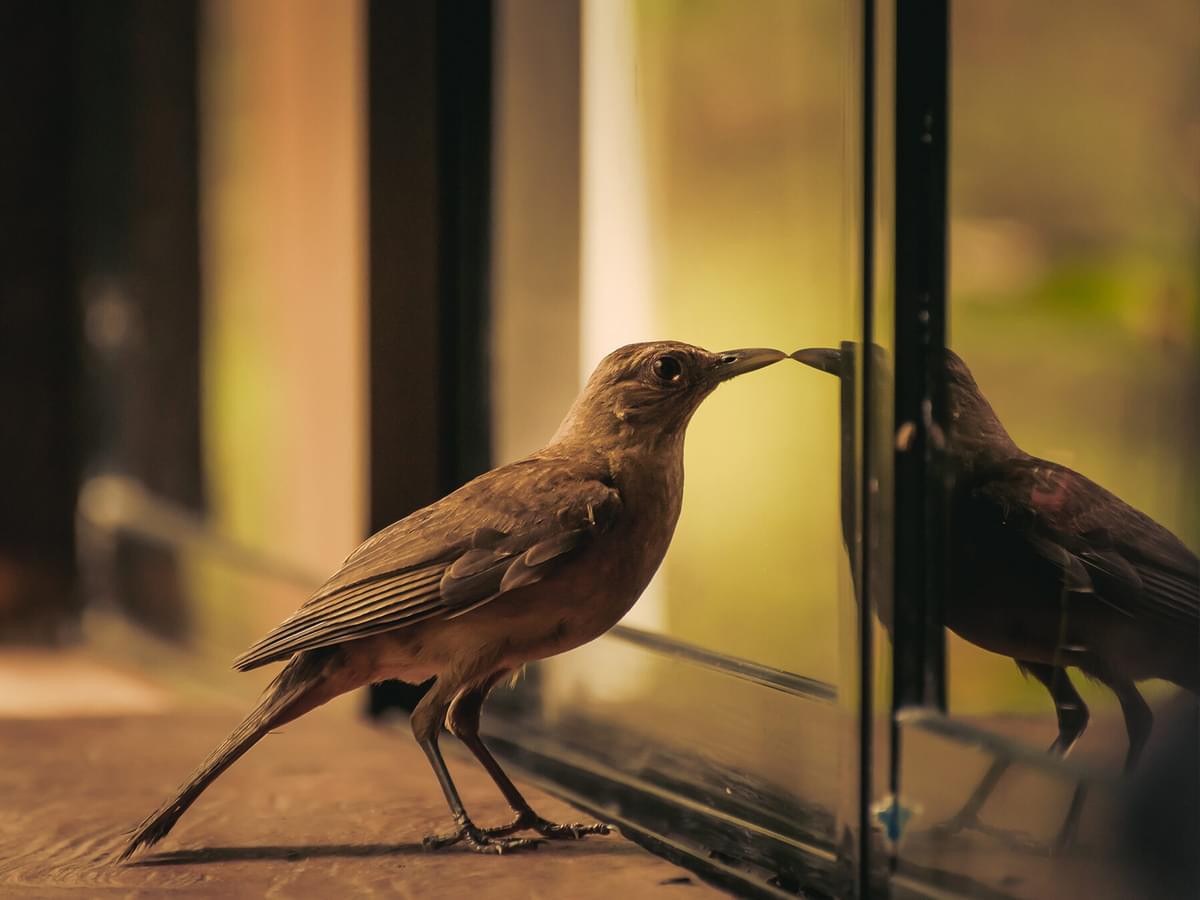Birds are renowned for their exceptional eyesight, with some species able to see up to eight times farther than humans. Yet, despite this visual prowess, millions of birds die each year from colliding with windows. This puzzling contradiction leads us to a fascinating question: Can birds see through windows? In this article, we'll explore the complexities of avian vision, why windows pose such a challenge for our feathered friends, and what we can do to help prevent these tragic collisions.
The Marvels and Limitations of Bird Vision
Birds have evolved remarkable visual capabilities that far surpass those of humans in many ways. Their eyes are proportionally larger relative to their body size, and they're packed with dense receptors that enhance visual acuity. Many species can see a broader spectrum of colors, including ultraviolet light, which is invisible to the human eye.
However, this superior vision comes with some surprising limitations when it comes to perceiving glass. Unlike humans, most birds have eyes positioned on the sides of their heads.
While this provides a wider field of view, it compromises their ability to perceive depth accurately. Additionally, as a human-made material, glass doesn't exist in birds' natural environments. They haven't evolved or learned to recognize its unique properties. The reflective and transparent nature of glass can create confusing visual cues for birds, leading to misinterpretation of what they're seeing.

Bird looking at reflection in the window
Why Birds Collide with Windows
Understanding why birds fly into windows helps explain their difficulty in perceiving glass.
Windows often reflect the sky, trees, or other parts of the environment, creating an illusion of open space or habitat. Clear glass can appear as an unobstructed flight path, especially when birds can see through to indoor plants or the outdoors on the other side.
At night, lit windows can disorient birds, particularly during migration seasons. Some birds may see their reflection and perceive it as a rival, leading to repeated collisions as they attempt to defend their territory.
The Impact of Window Collisions on Bird Populations
The scale of bird-window collisions is staggering. Estimates suggest that up to 1 billion birds die annually from window strikes in North America alone. In the UK, the British Trust for Ornithology estimates around 100 million bird collisions occur each year, with approximately one-third proving fatal. These collisions affect a wide range of species, from common backyard birds to endangered migratory species.

A blue tit fighting its own reflection in a window
Preventing Bird-Window Collisions
Fortunately, there are several ways to make windows more visible to birds:
- Window decals: Apply specially designed decals or stickers that are visible to birds but don't significantly obstruct human views.
- Bird-safe glass: Some manufacturers now produce glass with UV-reflective patterns that birds can see but humans can't.
- External screens: Installing screens on the outside of windows can reduce reflections and create a visible barrier.
- Zen curtains: Hanging strings or cords in front of windows can help birds perceive them as obstacles.
- Lighting adjustments: Reduce unnecessary indoor lighting at night, especially during migration seasons.
- Placement of bird feeders: Position feeders either very close to windows (within 1 meter) or far away (10+ meters) to reduce the risk of high-speed collisions.

Starling looking at reflection in window
What to Do If a Bird Hits Your Window
If you witness a bird collision, follow these steps:
- Check for signs of life: Look for breathing or movement. Remember that stunned birds may appear lifeless at first.
- Provide a safe recovery space: If the bird is alive but stunned, gently place it in a dark, warm box lined with soft cloth.
- Allow time for recovery: Many stunned birds will recover within a few hours if left undisturbed.
- Seek professional help: If the bird appears injured or doesn't recover after a few hours, contact a local wildlife rehabilitator or veterinarian.
Summary
While birds possess remarkable visual abilities, the human-made world of glass and reflective surfaces presents unique challenges to their perception.
By understanding these limitations and taking proactive steps to make our windows more bird-friendly, we can help reduce the tragic toll of bird-window collisions. Whether it's applying decals, adjusting our lighting, or knowing how to help an injured bird, each of us can play a part in protecting our avian neighbors as they navigate our shared environments.
